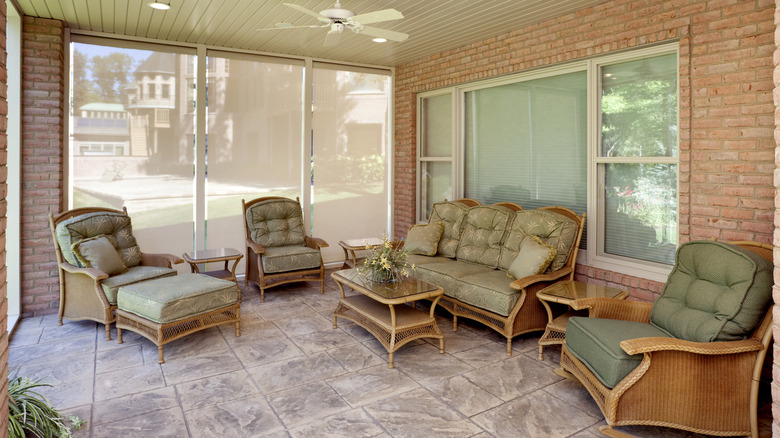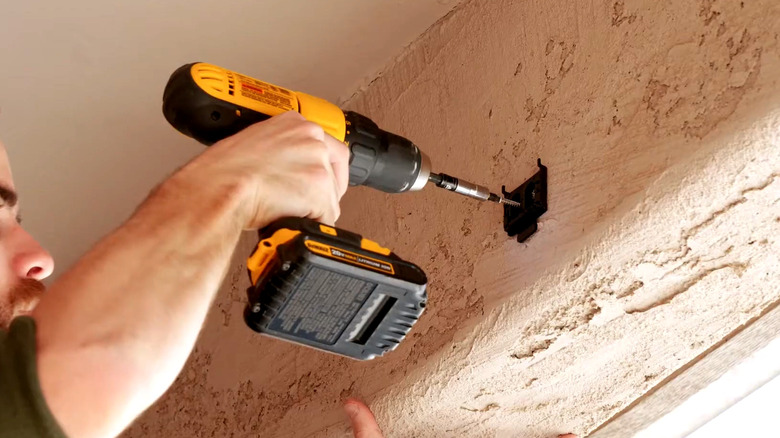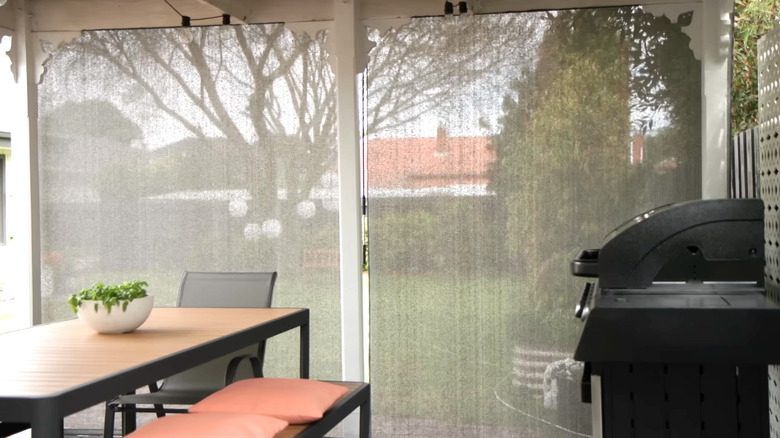How To Install Outdoor Roller Blinds For Your Patio Porch By Yourself
The best way to beat the summer heat is with outdoor blinds for your patio or porch. These versatile coverings provide protection from the sun, light rain, and even wind. When selecting your roller blinds, you should consider the materials carefully. A PVC-coated polyester fabric will withstand the weather best, but a mesh option can offer better airflow during the summer days. The size of your patio will determine the proper dimensions needed, with standard widths ranging from 6 to 10 feet, although larger spaces may require multiple blinds installed side by side.
Before starting your roller blind installation, you'll need to gather the necessary tools: a ladder (or step stool depending on the height requirements), a drill (with masonry bits if you're installing into brick or concrete), a screwdriver, a measuring tape, a level, a pencil for marking, and the mounting hardware that typically comes with the blinds. For areas with strong winds, consider blinds with reinforced stitching and heavier bottom rails for increased stability. The installation process is fairly straightforward and can typically be completed within an afternoon.
Mounting your outdoor roller blinds like a pro
Begin by carefully measuring the length of the roller blind track and marking the positions for your brackets with a pencil on the installation area. Use a level to ensure these marks are aligned, as even slight angles will affect the blinds' operation and effectiveness. For most patio covers, you'll want to allow for a 2-inch clearance for the roller track to have space. Now, drill your brackets into place. If you are drilling into masonry surfaces, make sure you start with a smaller pilot bit before switching to the size needed for your wall plugs.
Once the brackets have been securely mounted, lift and mount the roller mechanism into place. The bottom rail should hang freely when unrolled, so double-check that there is enough clearance from the ground. This is also when you should measure the locations needed for your tie-down receivers and install them, if available. After securing the blind, be sure to test the rolling mechanism multiple times to ensure smooth operation.
Handling tricky installations
Not all patios will be the same, and installation problems can quickly occur with different setups and anchor points. If you are installing your roller blinds on an uneven surface, additional mounting hardware or slight adjustments may be necessary to get that perfect alignment. There are lots of things to consider when drilling into brick or stone. You'll need to use masonry anchors to ensure a secure hold on the brackets. Most importantly, be sure to check your blinds' installation instructions for guidance.
The choice between manual and motorized blinds is also something to take into consideration when picking out blinds. Battery-powered models don't have messy wires to hide, but you'll have to make sure there is space left for easy access to the battery compartments. Hardwired versions may need additional professional electrical work. These types of blinds can also be heavier than the standard manual ones, so always check that your mounting surface can support the blinds' weight. There are plenty of stylish and functional outdoor blinds to choose from, and a little extra time measuring and reinforcing brackets now can save a lot of headache in the future.


